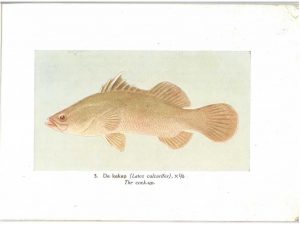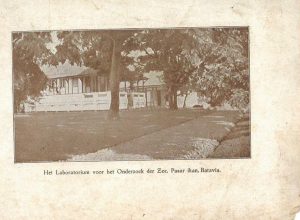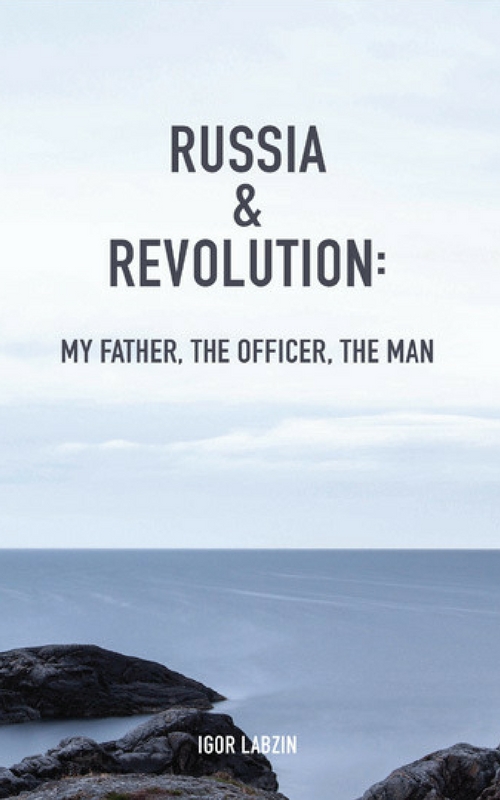
Whilst sorting old material that over the years has continued to grow slowly but steadily, I came across an aquarium booklet that was issued by the Laboratory of Marine research in Jakarta, Indonesia, in about 1955.
As many of us know, going through old things and deciding what to throw away and what to keep, is a slow, laborious and often a heart rendering experience. Sometimes it can take hours just to go through a few things, as each one of them causes the mind to relive that moment in time when that particular object was acquired and held so much significance.
So when I came across the aquarium booklet, I was transported back to 1955, when as an eight year old my father took me to see the Aquarium, which was part of the Laboratory for Marine Research in the old port of Pasar Ikan in Jakarta.
The booklet is a collection of pictures with descriptions of, what was at the time, the more common species of sea fish in Indonesia.
From its founding in 1922 until the Japanese invasion in 1941, the Aquarium with its 200,000 litre tanks and a sophisticated water filtering system was the leading edge fish research laboratory in the Dutch East Indies and arguably the world. A lot of research on the types of fish in the Indonesian archipelago was performed there and the information was used by the fishing industry.
Where is the Kakap fish now?
More than sixty years after being handed the booklet, I really take a good look through it taking me further down memory lane.
To this day still, I can relive that feeling of exhilaration that I felt when I first saw the fish in those large beautiful aquariums. I felt as fascinated looking at this underwater world as I can imagine Jacques Cousteau would have felt when he first dived overboard with a snorkel.
There is a picture of the Kakap fish (Ikan Kakap) which was “the” fish to order in a restaurant as it was considered the one with the best tasting flesh and the least number of bones, in some ways equivalent to the Australian Barramundi. Just seeing its picture conjures up memories of going to Glodok (China town in Jakarta) with my parents, grandmother, aunt and uncle, for dinner and hearing them always order the Kakap. Then shortly after, the whole grilled fish, sprinkled with chilies, chives and other succulent herbs, lying in a sweet and sour sauce on a huge platter would be served. Always tasty, always good, always a wonderful choice.
Which leads me to think of another fish that was commonly consumed in restaurants and roadside stalls, the Gourami. Unlike the Kakap fish, the Gourami fish is a fresh water fish and has more bones than the Kakap. Gourami would be on our menu only if the Kakap was unavailable.

As I relive these memories, I cannot help but fast-forward my thoughts to the present. The Aquarium and the Laboratory were handed over by the Dutch to the newly formed Indonesian authorities in 1950 when Indonesia officially became independent. Soon after the Dutch scientists working there left. A few stayed on with the new Indonesian administration but then left in the 1950’s with most of them gone by 1957. What about the Aquarium and the Laboratory? What happened to it subsequent to 1957? There seems to be no information on its fate.
Where is the Kakap fish now?
As for the Kakap; I see that it is described these days as a “Snapper” rather than “The Cockup” as it was called in the English description of the fish in the Aquarium booklet. I wonder whether it is still plentiful enough to be served in restaurants. I hope so!



Both Kakap and Gourami were my favorites in Jakarta in the 70’s.. I believe Kakap is still served, and I ate deep fried Gourami with sweet and sour sauce in 2012.
As for the acquarium: isn’t it part of the Ancol marine theme park in Jakarta these days? I’ve been in Ancol in 1993 for the last time…
Sven,
Thank you for your information. The last time that I was in Jakarta was in 1994, but I did not go to Ancol.
However I have just looked at the Ancol Park web site and the aquarium looks fantastic. Definitely will go there the next time that I am there.
I also remember eating Gourami when I was growing up in Jakarta. The Gourami was more readily available because it was farmed in fish farms not far from Ancol. I remember that it had a lot more bones than the Kakap.